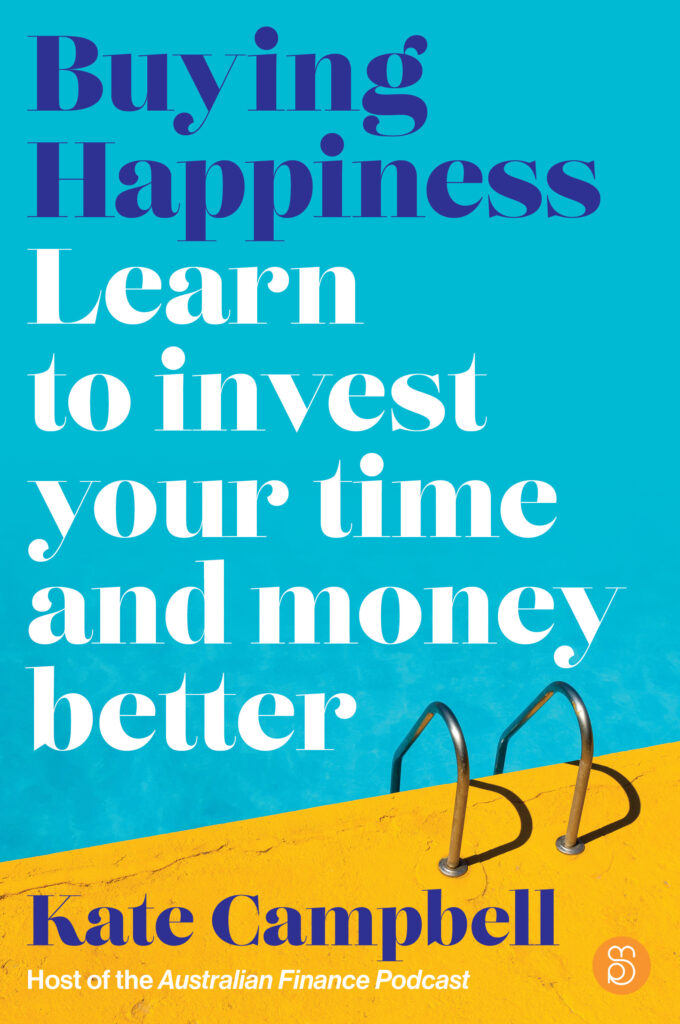
Understanding the Role Risk Plays in Investing
What is Risk?
Risk and investing is a tricky and very personal subject. Ask 10 people on a train their opinion on skydiving and you’ll be sure to get a wide range of viewpoints, and it’s exactly the same when it comes to an individual’s view and tolerance of risk. We know driving a car is dangerous. People die every day, hundreds die on our roads each year, but most of us start driving a car when we hit 18. There’s still a possibility of a negative outcome, but we tend to forget that because we see the positive returns.
“Risk takes on many forms but is broadly categorized as the chance an outcome or investment’s actual return will differ from the expected outcome or return. Risk includes the possibility of losing some or all of the original investment.”
Source: Investopedia
We make these
We often equate the risk of something with the necessity or the desire to do it, and sometimes we
realise in hindsight that the investment decision we made was riskier than we thought.
How Do You View Risk?
So think about yourself. Are you a risk seeker? Do you like thrill and excitement? Do you like rock climbing and skydiving? Does that come across your investment decisions? Maybe you don’t do anything wild, but you might take a whole lot more risk in your investments. It’s important to remember that everyone views and reacts risk differently.
There are a lot of views on risk, but usually, when we talk risk it’s seen as negative (e.g. what can go wrong?). Whereas others view risk as understanding and maximizing the positive return. A good risk manager is trying to minimize the downside, but maximize the upside or the opportunity. As an individual investor getting started with understanding the different types of risks, it’s helpful to look at each category of risk. Some of these will be noted in the Product Disclosure Statement (PDS), but in most cases, you’re going to have to figure it out for yourself.
What are The Different Types of Risks That Might Affect an Investor?
There’s a wide range of different risks to examine which we’ll dive into further in a future article, but here is a brief summary of some of the key risks to look out for.
- Systemic Risk aka non-diversifiable risk (e.g. recession)
- Economic Risk – changes in macroeconomic factors in the economy (e.g. monetary policy, inflation, government debts)
- Market Sector Risk – the risk that an entire industry is affected at once
- Political/Legislative Risk – changes in government policy and legislation
- Liquidity Risk – your ability to get in and out of the share or the product quickly (e.g. property, Small Cap stocks)
- Information Risk – information available may be incorrect or not available equally to all investors
- Opportunity Cost/Risk – staying out of the market because you’re trying to wait for the perfect time
“Far more money has been lost by investors preparing for corrections, or trying to anticipate corrections than has been lost in corrections themselves.”
Peter Lynch
Does More Risk Always Mean Higher Returns?
Unfortunately, it’s not a simple linear correlation between risk and return, and products with low returns can be just as risky as higher returning products. Products that appear fairly safe can have risks buried in them, and companies offering high returns can be a seriously risky place to invest your money. It’s up to you how much risk you take on and whether you think the return will justify it. Be aware that with some financial products the losses can exceed your initial capital, and leave you in a difficult situation.
Always remember there’s no free lunch, and don’t start investing in or using products you don’t understand!
As a new investor, you should start to think about your own tolerance to risk. By learning about some of the different risks involved when you’re having a look at a product, it will help you become a bit more comfortable with what you’re doing. No matter how often we invest, we can still lose money. In hindsight we say that we should have known better, we should have researched that aspect further or we should have asked that question.
Sometimes losing a little bit is good if we can learn from it and take ourselves to task a bit and go, okay, why did I do that? Did I fall for the sales talk? Did I believe the hype? Was I just convinced that I’d found something that I thought had reasonable risk and return (but where the risks were greater than were shown)?
Investing is a journey and if you really don’t want to do the homework, then seriously think about the type of investments you want to stay in. You need to be able to sleep at night, and you don’t want to do something you’re not comfortable with.
At HTM, we definitely believe in making these mistakes yourself and learning from them, and not abdicating full responsibility for your finances to someone else, because then they’re learning with your money and that’s a really sad thing. They’ve got the experience and you’ve suffered the loss. So remember it’s your money and the only person who really, really wants to take care of it is you. As always feel free to drop me an email at howtomoneyaus@gmail.com if you have any questions or comments!
If you’re interested in learning more about money and personal finance, catch us on the How To Money podcast which you can find on iTunes, or via our online web-player. Follow us on Twitter @HowToMoneyAUS, and on Medium at How To Money Australia.
Kate — HTM Editor & Host






